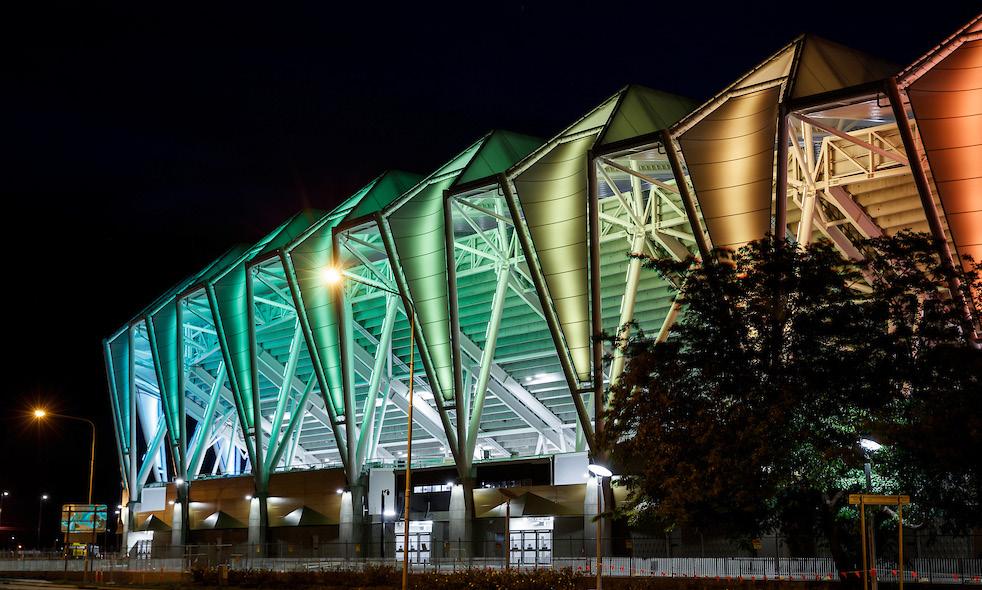TECHNOLOGICAL INNOVATION Project Gilghi Aurecon and Ampcontrol
Indigenous and remote communities across Australia now have access to affordable and continuous potable water thanks to an innovative new off-grid, modular water treatment plant brought to you by Aurecon and Ampcontrol. Congratulations to this year’s Technological Innovation gold winners for Project Gilghi. More than 40,000 Indigenous Australians in 694 locations nationwide rely on groundwater for their water supply. Groundwater in arid areas can contain high concentrations of naturally occurring minerals (nitrates, arsenic and uranium) and are often rated non-compliant with Australian Drinking Water Guidelines (ADWG). As a result, a large number of remote communities rely on potable water transported by truck, a costly and inefficient expense that in 2017 cost the Australian government more than $13 million in transportation fees. Gilghi, meaning “water” or “place of water” in the Barkindji indigenous language, was three years in the making. Development for the client, Ingkerreke Resource Services, was enabled by a $70,000 Municipal and Essential Services Special Purposes Grant from the Northern Territory Government. Designed by international engineering, design and advisory company Aurecon and Hunter based electrical engineering company Ampcontrol, Gilghi takes feed water from a
24 Consulting Matters
The advanced filtration system draws source water from an inlet tank, before passing it through three stages of treatment, including media filtration (sand media, carbon and softener), reverse osmosis and UV disinfection.
variety of sources, including groundwater, rivers, lakes and oceans and turns it into drinkable water, compliant with ADWG.
It has been initially deployed in the community of Gillen Bore, which until 2019 relied on the continued transport (150km round trip from Alice Springs) of potable water due to the high salinity, hardness and low pH levels found in their existing bore water. “We wanted to challenge traditional engineering design. Typically, we design the treatment process first and then think about the energy design, but for Gilghi, we came at it from both angles so that we could use a sustainable power source to challenge the concept of needing to go to the grid,” said Julian Briggs, Aurecon’s Design Director for Water and Wastewater Treatment. The advanced filtration system draws source water from an inlet tank, before
passing it through three stages of treatment, including media filtration (sand media, carbon and softener), reverse osmosis and UV disinfection. Ordinarily, water treatment systems run continuously, but Gilghi makes smart use of available solar power to run the plant and charge the batteries during the day. This includes the development of a specialist electrical control system using multiple power sources to purify the water, before feeding the clean water into the community’s reticulation system. What makes this unique is the collaboration between Aurecon and Ampcontrol to solve the problems found within the water-energy nexus. This has resulted in a breakthrough innovation that can significantly contribute to reaching the UN Sustainable Development Goal 6, which aims to ensure access to clean water and sanitation for all by 2030.




















